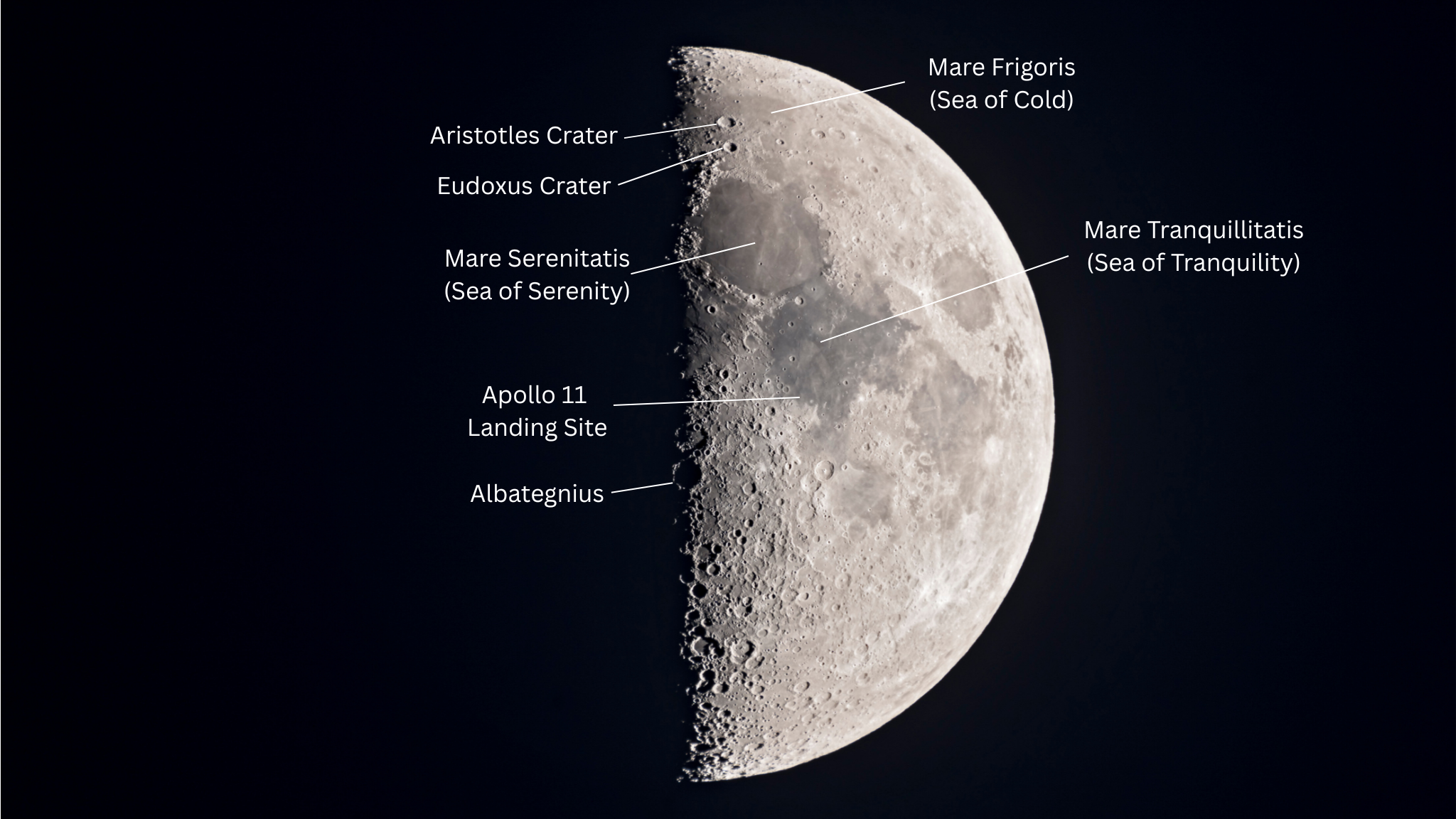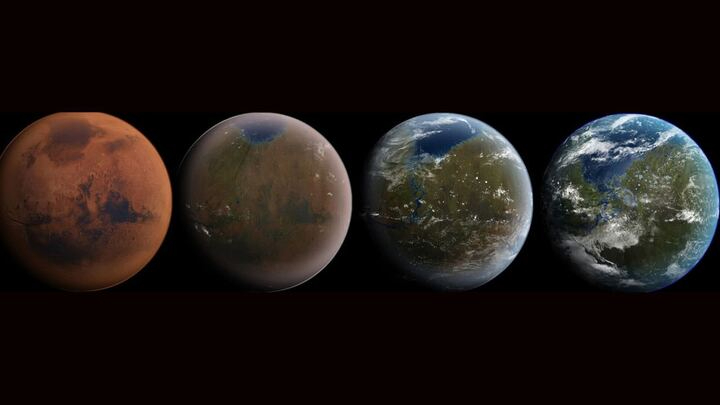Scientists have discovered a star behaving like no other seen before, giving fresh clues about the origin of a new class of mysterious objects. X-ray: NASA/CXC/ICRAR, Curtin Univ./Z. Wang et al.; Infrared: NASA/JPL/CalTech/IPAC; Radio: SARAO/MeerKAT; Image processing: NASA/CXC/SAO/N. Wolk An unusual star (circled in white at right) behaving like no other seen before and its surroundings are featured in this composite image released on May 28, 2025. A team of astronomers combined data from NASA’s Chandra X-ray Observatory and the Square Kilometer Array Pathfinder (ASKAP) radio telescope on Wajarri Country in Australia to study…
Read MoreDay: June 2, 2025
What’s Up: June 2025 Skywatching Tips from NASA
Skywatching Skywatching Home What’s Up Meteor Showers Eclipses Daily Moon Guide More Tips & Guides Skywatching FAQ Night Sky Network Planets, Solstice, and the Galaxy Venus and Saturn separate, while Mars hangs out in the evening. Plus the June solstice, and dark skies reveal our home galaxy in all of its glory. Skywatching Highlights All Month – Planet Visibility: Venus: Rises about 2 hours before the Sun in June, and shines very brightly, low in the eastern sky, in the morning all month. Mars: Visible in the west for a…
Read MoreAmateur astronomer captures ghostly outer shell of the Cat’s Eye Nebula (photo)
The Cat’s Eye Nebula, photographed by Emil Andronic. (Image credit: Emil Andronic.) Amateur astrophotographer Emil Andronic has captured a striking image of the Cat’s Eye Nebula from his home in Hertfordshire, United Kingdom, showcasing the tenuous outer structure of the famous deep-sky object. The Cat’s Eye Nebula, also known as NGC6543, formed when an aging sun-like star cast its outer layers into space, forming a dense central cocoon of dust surrounded by a diffuse veil of stellar material. In Andronic‘s portrait of the iconic nebula, the gaseous outer layers look…
Read MoreDon’t miss the half-lit first quarter moon rise tonight: Here’s what to look for
The half-lit disk of the first quarter moon will grace the night sky on Monday (June 2), presenting a wealth of lunar features to explore before Earth’s natural satellite sets below the horizon in the early morning hours. The moon hits its first quarter phase at 11:41 p.m. EDT on June 2 (0341 GMT on June 3) for viewers in New York, who will find its semi-shadowed disk high above the southwestern horizon immediately after sunset, according to stargazing website In-the-sky.org. At this time, the moon is positioned at a…
Read MoreTurning the Red Planet green? It’s time to take terraforming Mars seriously, scientists say
The concept of terraforming Mars — transforming the planet’s climate to support life as we know it — has long belonged to the realm of science fiction. But a new study argues that it’s time to take the idea seriously. “Thirty years ago, terraforming Mars wasn’t just hard — it was impossible,” said Erika DeBenedictis, CEO of Pioneer Labs and lead author of the new paper. “But new technology like [SpaceX’s] Starship and synthetic biology have now made it a real possibility.” The paper debates the complex ethical questions that…
Read More



